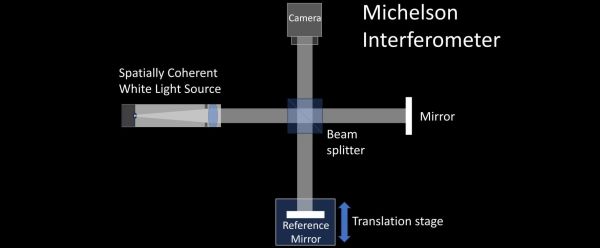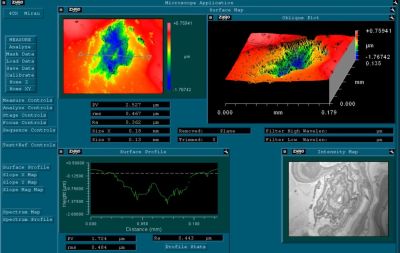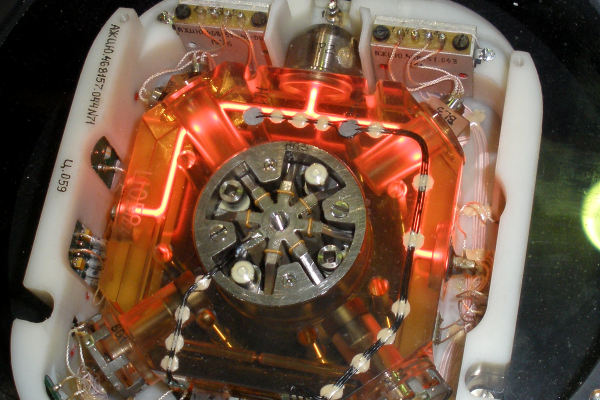This week, Elliot Williams and Tom Nardi start off the episode by announcing Arduino co-founder David Cuartielles will be taking the stage as the keynote speaker at Hackaday Europe. In his talk, we’ll hear about a vision of the future where consumer electronics can be tossed in the garden and turned into compost instead of sitting in a landfill for the next 1,000 years or so.
You’ll also hear about a particularly clever manipulation of Apple’s AirTag infrastructure, how a classic kid’s toy was turned into a unique display with the help of computer vision, and the workarounds required to keep older Global Positioning System (GPS) hardware up and running. They’ll also cover DIY toasters, extracting your data from a smart ring before the manufacturer can sell it, a LEGO interferometer, and a new feature added to the Bus Pirate 5’s already impressive list of capabilities.
Capping off the episode there’s a discussion about the surprising (or depending on how you think about it, unsurprising) amount of hardware that was on display at FOSDEM this year, and the history of one of man’s most infernal creations, the shopping cart wheel lock.
Check out the links below if you want to follow along, and as always, tell us what you think about this episode in the comments!
Download in DRM-free MP3 and listen from the comfort of your shopping cart.
Continue reading “Hackaday Podcast Episode 311: AirTag Hack, GPS Rollover, And A Flat-Pack Toaster”



















